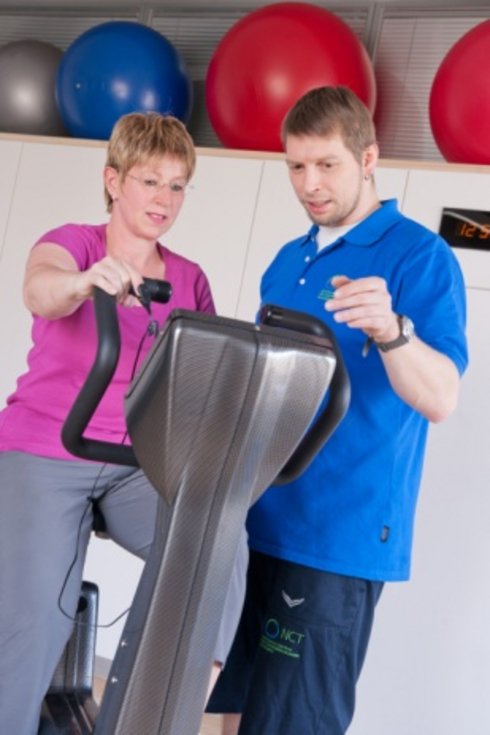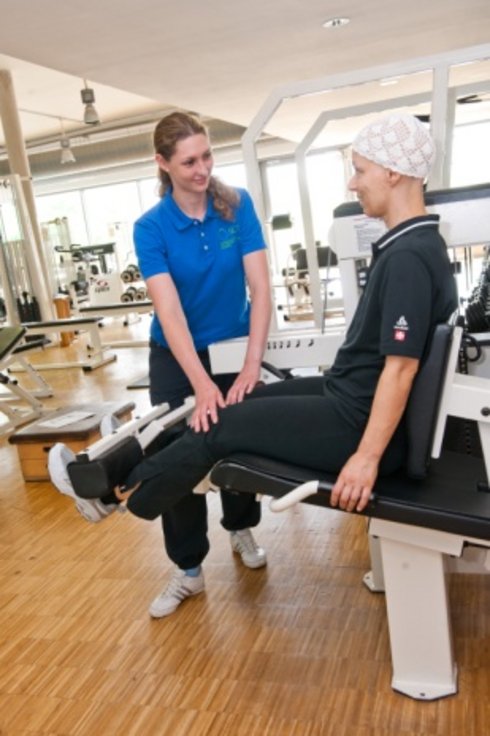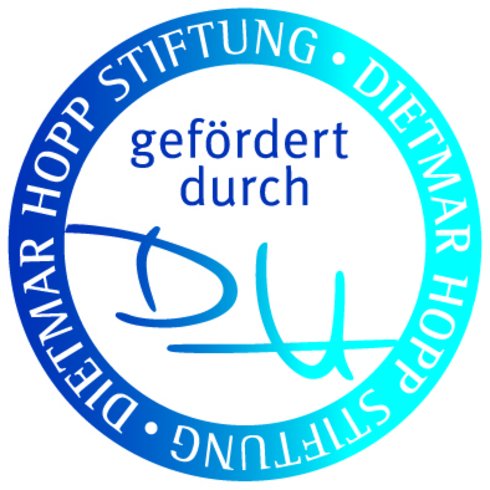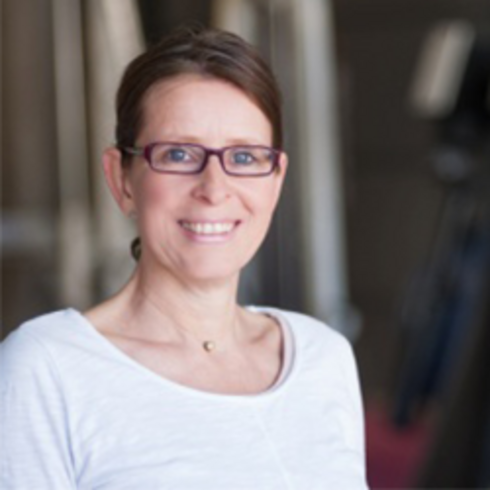TOP Study (Part I)
Individual training control for oncological patients
Principal investigator:
Prof. Dr. Joachim Wiskemann
Co-Principal investigator:
Prof. Dr. Dirk Jäger
Brief description
Scientific studies show that oncology patients can improve their performance and quality of life and reduce the late effects of therapy through physical training. However, it is still unclear how training can be individually dosed for oncology patients in order to achieve optimal effects and avoid over- or under-exertion. For this reason, the TOP Study Part I will compare different ways of individually dosing the level of exertion of endurance and strength training units - in technical terms this is known as intensity control.
TOP Study Part I is a cross-sectional study in which 20 breast and 20 prostate cancer patients are to be included shortly after completion of primary therapy. Participants will begin endurance or strength content in randomized order.
The endurance content includes an endurance test and five individual training sessions on the bicycle ergometer. In three of the five units, the same intensity range is controlled once as a percentage of maximum oxygen uptake, once via lactate thresholds and once via gas exchange thresholds. The predictability and homogeneity of the load during the training sessions will be used to assess which control method is most suitable for oncology patients. In two further units, two interval training programs are compared in terms of objective and subjective stress and feasibility.


The strength content initially includes two familiarization units, followed by a strength test and three strength training units. Here too, the same intensity range is controlled using different methods, once using the single-repetition maximum and once using the multiple-repetition maximum. The repetitions actually completed show how precisely the desired intensity range was targeted.
All appointments take place one week apart at the National Center for Tumor Diseases (NCT) in Heidelberg. The study participants receive ten individually dosed and monitored training sessions, which can be used as an introduction to further independent training.
Following TOP Study Part I, TOP Study Part II is planned, in which the effects of two different endurance and two different strength training programs on physical performance will be compared (four-arm randomized controlled training intervention study). The results of TOP Study Part I will be used to design the training programs in TOP Study Part II.
The TOP study is sponsored by the Dietmar Hopp Foundation.
Current Status
The recruitment phase is scheduled to begin in September 2016 and be completed within a year.

Contact

PD Dr. Joachim Wiskemann
Tel.: 06221 56-5904
E-Mail: joachim.wiskemann(at)nct-heidelberg.de

[Translate to Englisch:]
Petra Armbrust
Tel.: 06221 56-38714
E-Mail: petra.armbrust(at)nct-heidelberg.de
At a glance
- Study objective: Identification of suitable methods for dosing the level of exertion (intensity control) of endurance and strength training in oncology patients
- Design: Cross-sectional study with twelve appointments per patient, each one week apart (endurance test and five endurance training units as well as strength test and five strength training units)
- Study patients: Breast and prostate cancer patients (18 - 75 years) 6 to 26 weeks after completion of primary therapy (surgery, chemotherapy, radiotherapy) who have not completed regular physical training within the last 6 months or since diagnosis.







